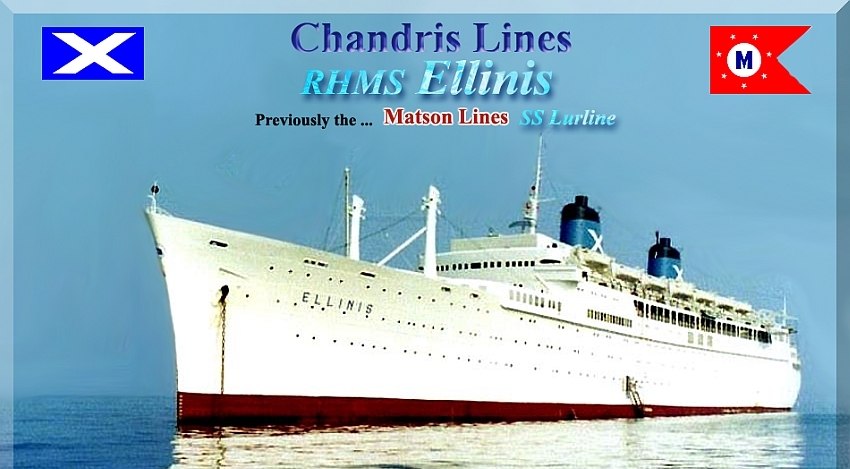Maritime Radio Day by Louis SZONDY- VK5EEE
Maritime Radio Day (MRD) came to a close, and a good time was had by many former ship and coastal station radio officers, technicians and operators. Sadly the time conflicted for some with other commitments and hopefully next year we will all be able to participate. The period of activity was held from April 14th at 12:00 UTC until April 15th at 22:00 UTC. Since a few years Maritime Radio Day has been activated with activities taking place around the time of the Titanic distress calls and sinking 104 years ago. This year there were well over 100 registered participants.
Due to solar activity conditions were very poor for the first period, but great fortune befell us on April 15th in the afternoon when the 20m band came to life with excellent conditions to Europe via the long path over the Southern Pacific, South America and the Atlantic. The frequency around 14052kHz, one of those designated as centre of activity for MRD, was very congested. It reminded us of the days when 500kHz often was a cacophony of Morse all over the top of each other. Thanks to slight variations in frequency, contacts could take place through the QRM.
I managed in all 16 contacts with former radio officers and although sadly missed contacts with some friends, the ones I had not dared to even hope for, took place! I met for the first time Manolis SV1ME who used to work at SVA AthinaiRadio which I had contact with almost every day for 5 weeks in 1975 while Apprentice R/O on the S.S. Ellinis/SWXX. We had an HF receiver tuned to SVA for much of the time and a great many telegrams were xchanged. I also met for the first time John G3XRJ operating special event station GB0GLD, who worked at GLD LandsEndRadio.
It is even possible John and I exchanged or at least heard each other on 500kHz as Ellinis approached England in March 1975, because GLD was one of the first British coastal stations to be heard when coming from the Atlantic. John told me during our brief CW contact that he remembers the callsign SWXX very well as the Ellinis of course was a regular between England and Australia, and brought many of the “10 pound poms” to Australia.
MRD was not a contest, but a leisurely exchange of QRK, QSA, QRA (name of favourite or last ship worked on and callsign or coastal station call sign) and name. The Q code QTT came into great use here as nostalgia was revived, e.g. GB2GLD DE VK5EEE QTT GLD DE SWXX and many famous and less famous ship and coastal station callsigns were to be heard. No doubt many SWL must have wondered what this strange MRD activity centredaround 1824, 3520, 7020, 10118, 14052, 21052 and 28052 was.
MRD surely brought back memories to many, who served a great part of their lives as radio officers. I only had a mere glimpse of that wonderful job and word on a single voyage. I can only imagine the great satisfaction, adventures and irreplaceable experiences that this wonderful profession gave to so many as well as to the experiences of those who received news from loved ones as well as business updates via radiotelegraphy telegrams and radiotelephone calls thanks to those radio officers, not to mention the many lives saved at sea.
Louis SZONDY – VK5EEE
